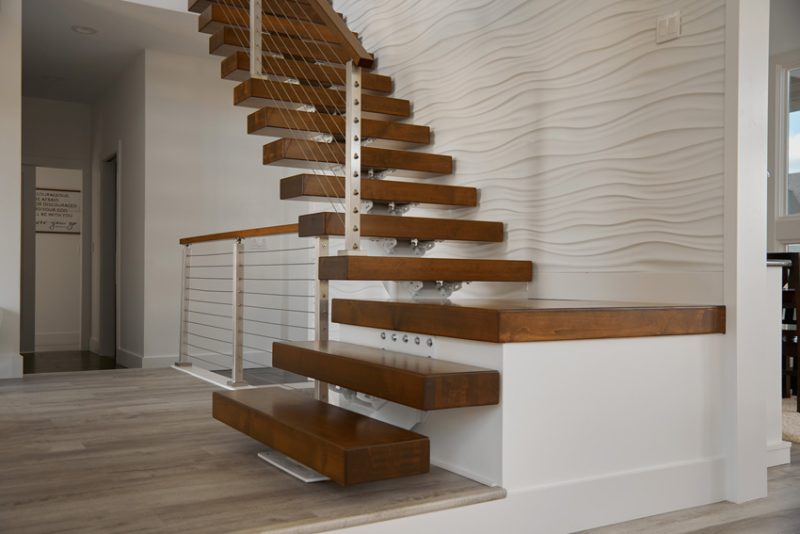Floating floors are a popular choice for homeowners who want to install a new floor without the hassle of traditional installation methods. Floating floors can be installed over most existing floors, making it an ideal choice for stairs. In this article, we will discuss the benefits of floating floors, the different types of floating floors, and how to install them on stairs.
Benefits of Floating Floors
Floating floors have many benefits. One of the main benefits is that they are easy to install. They do not require any adhesive or nails, which makes the installation process much faster and simpler. They can installe over most existing floors, including concrete, wood, and tile. This makes them an ideal choice for homeowners who want to update their stairs without tearing out the existing floor.
Types of Floating Floors
There are several types of floating floors that can be installed on stairs. The most common types include laminate, vinyl plank, and engineered hardwood.
Laminate
Is a popular choice for stairs because it is affordable and easy to install. Laminate is made of high-density fiberboard with a photographic layer that mimics the look of wood or tile. Laminate is durable and scratch-resistant, making it an ideal choice for high-traffic areas like stairs.
Vinyl Plank
Plank is another popular choice for stairs. Vinyl plank is made of PVC with a photographic layer that mimics the look of wood or tile. Vinyl plank is waterproof and scratch-resistant, making it an ideal choice for areas that are prone to moisture, like bathrooms and kitchens.
Engineered Hardwood
Engineered hardwood is a more expensive option for stairs. But it is also more durable and long-lasting. Engineer hardwood is made of several layers of wood with a thin layer of hardwood on top. This makes it more stable than traditional hardwood. Which is more prone to expansion and contraction due to changes in humidity.
How to Install Floating Floors on Stairs
Installing floating floors on stairs is a simple process that can be complete by most homeowners. Here are the steps to install floating floors on stairs:
Step 1: Measure the Stairs
Measure the stairs to determine the amount of flooring you will need. You will need to measure the length and width of each stair tread and riser.
Step 2: Purchase the Flooring
Purchase the flooring you will need for the stairs. Make sure to purchase the same type of flooring you have on the rest of your floors.
Step 3: Prepare the Stairs
Prepare the stairs by removing any existing carpet, padding, or adhesive. Make sure the stairs are clean and free of debris.
Step 4: Cut the Flooring
Cut the flooring to fit each stair tread and riser. You will need to use a saw or a cutter to make precise cuts.
Step 5: Install the Flooring
Install the flooring by placing it on top of the stairs. Start at the top of the stairs and work your way down. Make sure each piece is securely in place.
Step 6: Install the Stair Nosing
Install the stair nosing on the edge of each stair tread. The stair nosing will provide a finished edge and prevent the flooring from slipping.
Step 7: Finish the Installation
Finish the installation by adding any necessary trim or molding. Make sure all edges are securely in place.
Conclusion
Floating floors are a great choice for homeowners who want to update their stairs without the hassle of traditional installation methods. Laminate, vinyl plank, and engineered hardwood are all popular choices for floating floors on stairs. The installation process is simple and can be complete by most homeowners.

